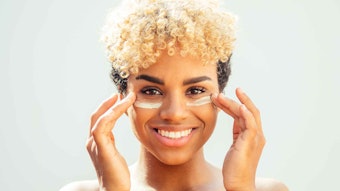Barreling at breakneck speed to keep up with the demand for natural products, cosmetic chemists hit the brakes when it comes to preserving them. Why? Perhaps because consumers want products without synthetic preservatives on the label; or perhaps because once products reach store shelves, they are in the hands of consumers—and who knows where those hands have been.
A number of different microbes can invade a cream or lotion during processing or handling, so a well-built, multifaceted defense system to attack them all is one of the most efficient ways to defend the cosmetic homeland from contamination.
Solutions formulated as preservative “cocktails,” such as iodopropynyl butylcarbamate (IPBC) or parabens, have been deployed for this multifaceted purpose. But slowing this progress are barriers such as the recent Adaptation to Technical Progress ruling* by the EU to restrict the use of IPBC, and the public’s mistrust of parabens.
Do the terms all natural and preservatives go together? Yes, in the sense that natural chemical defense mechanisms of the plant kingdom are used against antimicrobial intruders to preserve products. One industry expert noted that natural antimicrobials intrinsically kill living cells, and thus their toxicological evaluation against not only the desired contaminants but also in regard to the safety of the consumer wearing them has to be thorough.
Substantiation of preservative efficacy is another speed bump on the fast track to market since traditional preservative efficacy testing can take 56 days. To shorten this process, Yablonski and Manucuso explain in their article on Page 51 how an approach called the accelerated double challenge can cut this time to 14 days; it also is shown to maintain a high degree of correlation with longer-term preservative challenge protocols.
Speed to market is the name of the game when it comes to the cosmetics and personal care industry, but not at the expense of time, effort and materials, or the reputation of the manufacturer. Formulators and microbiologists must continue to share information to develop new strategies to protect the cosmetic front lines from the assaults of nature.










